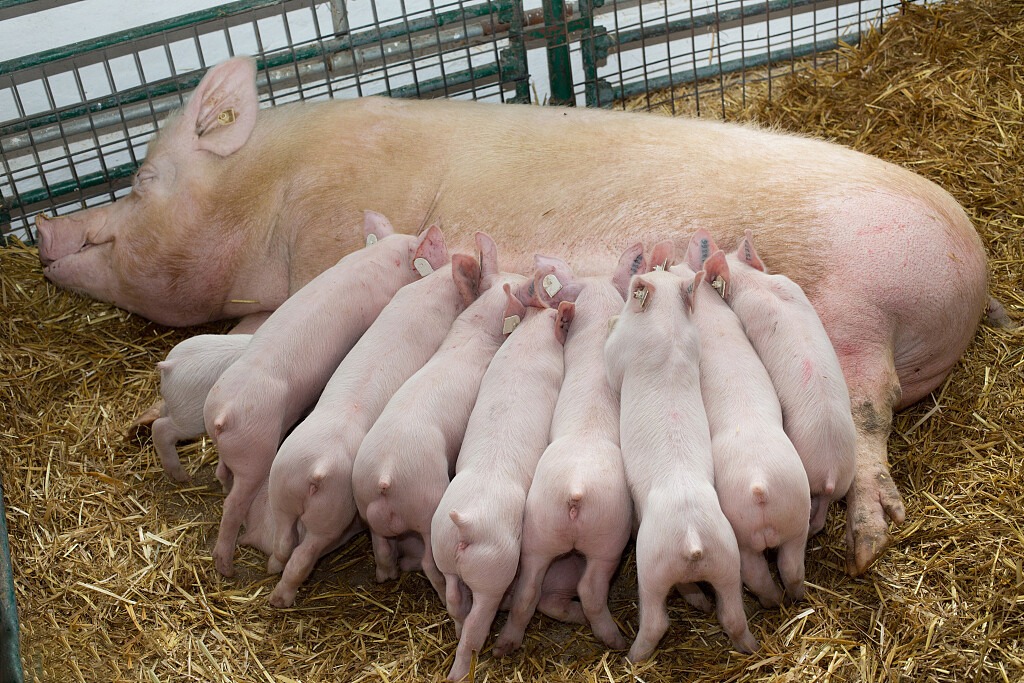Disease prevention and control is the core link in the pig farming process. Understanding the characteristics of common diseases can help farmers find problems in time and reduce economic losses.
Here is a set of practical diagnosis and treatment methods, combined with clinical experience to provide actionable suggestions.
Symptoms: Coughing frequency increases, especially in the early morning. When infected with Mycoplasma hyopneumoniae, the dog sits with white foam on the nose. Treatment is with florfenicol injection (0.1mlkg) combined with Maxingshigan powder mixed with feed for 5 consecutive days. Keep the pens ventilated and control the ammonia concentration below 10ppm.
2. Digestive system diseases
Focus on prevention and control of yellow and white diarrhea in piglets. Diseases within 3 days of age are mostly caused by Escherichia coli. Neomycin sulfate (10 mg per kilogram of body weight) can be used in combination with oral rehydration salts. Maintaining the temperature of the delivery room at 32°C can reduce the incidence rate. Sudden vomiting in fattening pigs requires investigation of infectious gastroenteritis. After the affected pigs are isolated, montmorillonite (3 kg per ton of feed) is used to absorb toxins.

3. Reproductive disorders
The return rate of sows increases and the skin of aborted fetuses bleeds, and the swine fever antibody should be tested. After the diagnosis is confirmed, the whole herd will be vaccinated with cell vaccine
(2 doses/pig), and the aborted fetuses will be buried deep with quicklime. If the body temperature rises 21 days after mating, be alert to Japanese encephalitis, and intramuscular injection of isatis root injection can be combined with vitamin C.
Key points for building a prevention system
Vaccination procedures should be adapted to local conditions. In October, the northern region must prevent foot-and-mouth disease (O type + subtype I bivalent vaccine) and the southern region must vaccinate streptococcal multivalent vaccine before the rainy season. It is recommended to establish an immunization file to record the type and time of vaccine for each sow. For disinfection, choose two or more agents to rotate, and the effect is better if caustic soda solution (2%) and potassium persulfate (1:200) are used alternately.
Contraindications to drug use
Aminoglycosides are contraindicated in dehydrated pigs as they will aggravate kidney damage. The first dose of sulfonamides should be doubled and combined with sodium bicarbonate to reduce urine formation. Avoid using fluoroquinolones in lactating sows as they affect cartilage development. When neurological symptoms occur, dexamethasone should not be used for more than 3 days.
Please give us a message
